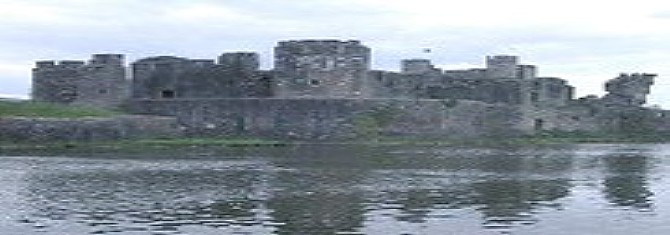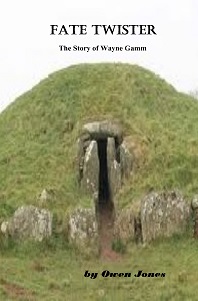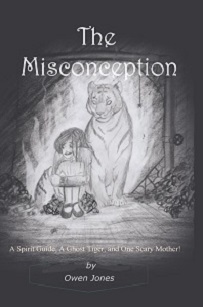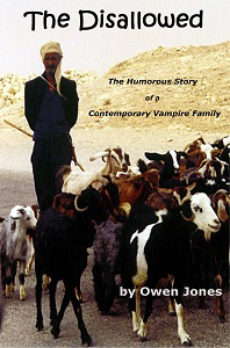Flat Holm Lighthouse
by Jane Balzars
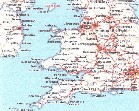
Since 1066 during the Norman Conquest, Flat Holm has been included in the parish boundaries of St. Mary’s in
Cardiff.
For many years the need for a lighthouse on the island had been discussed by leading shipmasters and by members
of the Society of Merchant Venturers of Bristol. It was in 1733 that John Elbridge, a senior member of the society
forwarded a petition to Trinity House, setting forth the dangers to navigation and the general desire for a light
on the island.
Elbridge received a reply that no application had been made to the Crown for a light. At the same time the
Corporation decided that no light would be erected other than in their name.
In April 1735 William Crispe of Bristol informed Trinity House that he had leased Flat Holm Island for 99 years
from John Stuart, Earl of Bute and wished to build a lighthouse at his own expense, but in the name of the
Corporation of Trinity House. For several reasons at the Society’s meeting on 9 May his scheme was rejected.
Towards the end of 1736 sixty soldiers were drowned when a vessel was wrecked near the Holms. This gave added
impetus for negotiations for a light on the island. This led to William Crispe and his partner Benjamin Lund
kindling the first light on the island in 1737. It consisted of a 60ft. tower with a coal fire brazier. It took 25
tons of coal per month to keep the light going. Since it was privately owned, tolls were paid by the mariners. The
light was not always good and tariffs were not always paid they went bankrupt. To clear their debts Crispe and Lund
passed their lease to Caleb Dickenson, in whose family it remained for three generations.
At this time Gilpin was a tenant-keeper of the light. He , however took great delight in causing difficulties
wherever possible. On one occasion Michael Richards, whose ship carried coal to the island wrote to the ship’s
owner complaining that Gilpin had refused to accept the coal. Two years later Gilpin was drowned leaving Barry
Harbour on his return to the island. His widow then tended the light but again in the same unpleasant manner.
Thomas Biss who was then the assistant keeper stated that Mrs. Gilpin “drank so much liquor that she did not know
what she did” She was later removed and replaced by Biss.
During a fierce gale on 22nd December 1790 the Lighthouse was struck by lightning. The man
attending the fire was knocked down and narrowly escaped falling through the stairway. The iron gate was smashed to
pieces and the top of the tower was considerably damaged. A fire was maintained on the headland while the
lighthouse was repaired.
The height of the lighthouse was increased by 20ft to 90ft in 1819.A 10ft lantern was constructed on this which
housed a new type of oil burner. This new fixed white light was first shown on 7th September
1820.
In 1823 the Corporation of Trinity House took possession of the lighthouse, following an Act passed by George
IV.
In 1867 a new 14ft diameter lantern was installed which remained until 1969. In 1881 an occulting light
conversion - clockwork mechanism was used. The light was then visible for 18 miles. It was timed as follows:
eclipse 3 seconds: light 3 seconds: eclipse 3 second: light 21 seconds.
In 1969 the 100mm petroleum vapour burner was removed and an electric light was installed. It had 139,000 candle
power. The light is 50 m above High Water Mark and flashes 3 times every 10 seconds. It has a range of 21 miles,
with a red and white flashing group.
In May 1988 the 3 lighthouse keepers sadly left, who were in attendance left and the light became fully
automatic.
The lighthouse is now computer controlled and run by solar energy. Trinity House sends inspectors to check
regularly throughout the year and carry out any maintenance.
Click here for original drawingsof the lighthouses through the ages.
| 